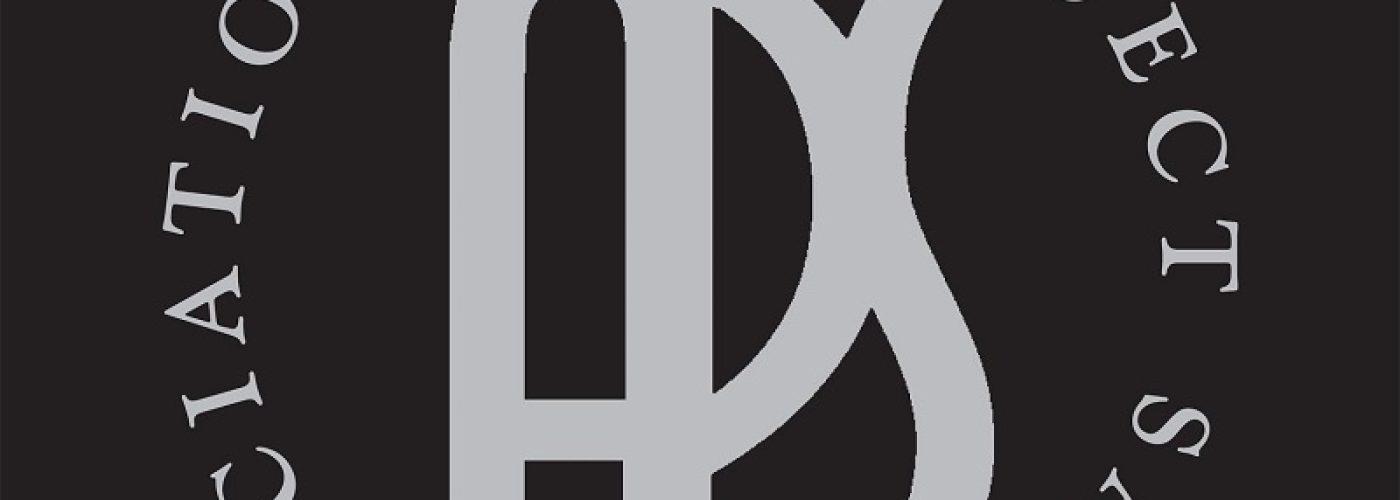In 2005, the Fire Safety Legislation was implemented. The rules put an emphasis on fire safety and risk management, and the new legislation lays out the responsibilities of an organisation’s management. The legislation lays out the duty to manage fire safety, and describes what Fire Safety elements should be covered in a risk assessment, as well as who is responsible for them and how regularly they should be updated.
Fire risk assessments cover the property that you are in and any potential risk to your employees and to any service users that you may have. They look at the structure of the property, the people who use it, and the equipment that is in the building. For example, the risk assessment may consider:
The Size and Layout of The Property
In the event of a fire, how easy would it be for people to get out? Would people be able to evacuate quickly or would they get lost? Is there anywhere that could be particularly dangerous if, for example, someone were to get stuck in a specific room and the fire blocked the exit? If the lights went out when the fire broke out, would people be able to safely navigate their way to an exit? Are the fire exits clearly marked? These things are all important. It is not always easy for people to rectify problems identified in this part of the risk assessment, but it is important that there is a plan put in place and that measures are taken to mitigate the risk.
Things Stored on the Property
The Regulatory Reform (Fire Safety) Order 2005 covers a lot of topics relating to fire safety, including flammable substances, fire extinguishers, etc. Depending on the nature of your business, you may need to worry about the substances that are stored on the property. If you have petrol, oil or other flammable substances then they must be stored in a way that minimises the fire risk.
If you store other goods on the property, then you must make sure that the areas where people walk are kept clutter free and that fire doors are left unobstructed. One of the most common reasons for small businesses to fail fire inspections is that fire exits are used as a storage area, or fire doors are jammed.
If you have electrical appliances, then you should make sure that they are in good working order, and tested regularly. Customers should be discouraged from plugging in electrical appliances of their own since their safety cannot always be verified. Things like heaters should be tested regularly and kept free from obstruction.
Fire Extinguishers
Fire blankets and fire extinguishers are essential and they should be properly installed and then inspected on a regular basis. The number and type of fire safety items that you will need depends on the size and layout of the property and the kind of fire that you have to worry about (e.g. fat, electrical, paper, etc). A good fire safety company will be able to give you advice on that sort of thing.
Evacuation
Another area that is important to consider when it comes to your fire risk assessment is the evacuation plan. If a fire breaks out, then who will sound the alarm (and what is the alarm). The fire brigade should be called, but are there any other organisations that may need notified, based on the location of the building? Where will staff and service users gather? Do you take registers of attendance or do head counts for the number of people in the building? In some properties it is not feasible to do this but if you run an office or a school then you should know how many people are in the property at that time.
You should nominate an assembly point that is outside of the building and that will be safe for people to congregate. The assembly point should not be on a main road or somewhere that is going to put people in danger, and it should be somewhere that will allow you to do a headcount and ensure that people are all safe and unharmed.
Educate your users about the importance of leaving the building quickly if the smoke alarms go off. Tell them not to collect their belongings or go back in until the fire brigade has raised the all clear.
Fire Alarms
Your risk assessment should include smoke alarms. Do you have enough of them? Are they positioned in areas where they will be able to give an early warning about fire? Are they inspected regularly to ensure that they are safe and working properly?
Every company will have a risk assessment that looks slightly different. There is no right or wrong way to complete one, as long as it is a realistic and honest assessment of the risks of your property and a good faith effort to make the establishment safe.





